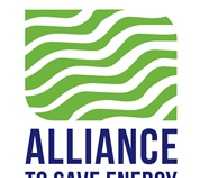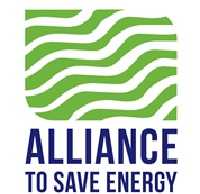GRESB Updates Green Bond Guidelines for the Real Estate Sector
Green Bond market signals further growth opportunities and necessity for transparency and reporting
Amsterdam—(Oct. 5, 2016) – (RealEstateRama) — GRESB, the leading global provider of environmental, social and governance (ESG) data for real assets, today released the 2016 update to the GRESB Green Bond Guidelines for the Real Estate Sector. These Guidelines build on the Green Bond Principles with specific focus on real estate sector market participants originating and/or investing in green property bonds.

“Climate change and societal efforts to reduce carbon emissions have become one of the big investment themes,” said Nils Kok, CEO of GRESB. “Alternative investments such as green bonds, used to fund environmentally friendly projects, have emerged as a market-driven way of bridging the financing gap by directing capital to companies with projects that can slow carbon emissions as we work to avoid environmental catastrophe.”
Green bond issuance in 2016 currently stands at slightly above $50 billion and is on pace for another record-setting year, targeting $80 billion by year end. Over the past several years, green property bonds gained greater traction, with the real estate industry emerging as a key sector. Year-to-date green property bond issuance is slightly above $10 billion, accounting for 21 percent of the overall green bond market.
The evolution of the green bond market and recent market developments in China, India and Mexico signal further growth opportunities, and highlight the necessity of increased transparency and market reporting to demonstrate enhanced risk management alongside positive environmental impacts.
The GRESB Green Bond Guidelines for the Real Estate Sector recognize the industry’s environmental and social impact and provide specific guidance on how to identify green project eligibility, implement and manage investment proceeds and communicate potential and actual green bond outcomes to stakeholders.
The 2016 version of the GRESB Guidelines adds specific guidance for issuers and investors in green property bonds. It provides a list of aspects, certification schemes and KPIs that issuers may incorporate into their frameworks and use for further monitoring, along with specific advice on what processes should be present in project evaluation and monitoring stages and proceeds management on both environmental and social measures. The update incorporates active feedback from the GRESB Green Bond Working Group, drawing from the expertise and recommendations of leading institutional investors, listed property companies, green bond underwriters and several of the largest green building certification bodies worldwide.
“A comprehensive green property bond framework that underlines eligibility criteria and potential environmental impact is a valuable resource for market participants,” said Anna Denell, sustainability director of Vasakronan.“Additional sector specific guidelines that further the Green Bond Principles are necessary, especially due to the wide range of opportunities and impacts presented by the real estate sector.”
To read more about the GRESB Green Bond Guidelines for the Real Estate Sector, visit gresb.com.
About GRESB
GRESB is an investor-driven organization that is transforming the way we assess the environmental, social and governance (ESG) performance of real assets globally, including real estate portfolios and infrastructure assets. More than 250 members, of which about 60 are pension funds and their fiduciaries, use the GRESB data in their investment management and engagement process, with a clear goal to optimize the risk/return profile of their investments. GRESB has assessed nearly 1,100 property companies and funds, jointly representing more than USD 7.5 trillion in assets under management, on behalf of close to 60 institutional investors.
The global property and infrastructure sectors are at the heart of the most important and far-reaching issues of our time, including urbanization, demographic change, resource constraints, environmental impacts and emerging technologies. The design, construction and operation of assets reflects, drives and potentially mitigates the impact of all of these issues on occupants, owners, communities and society at large. We can create better places for people and communities—places that reduce environmental impacts, improve social practices, are healthier for occupants and set high standards for corporate governance. Crucially, this can be done in a profitable way that makes good business sense, rewarding innovation. For more information, visitgresb.com. Follow @GRESB on Twitter.
Contact:
Marisa Long















